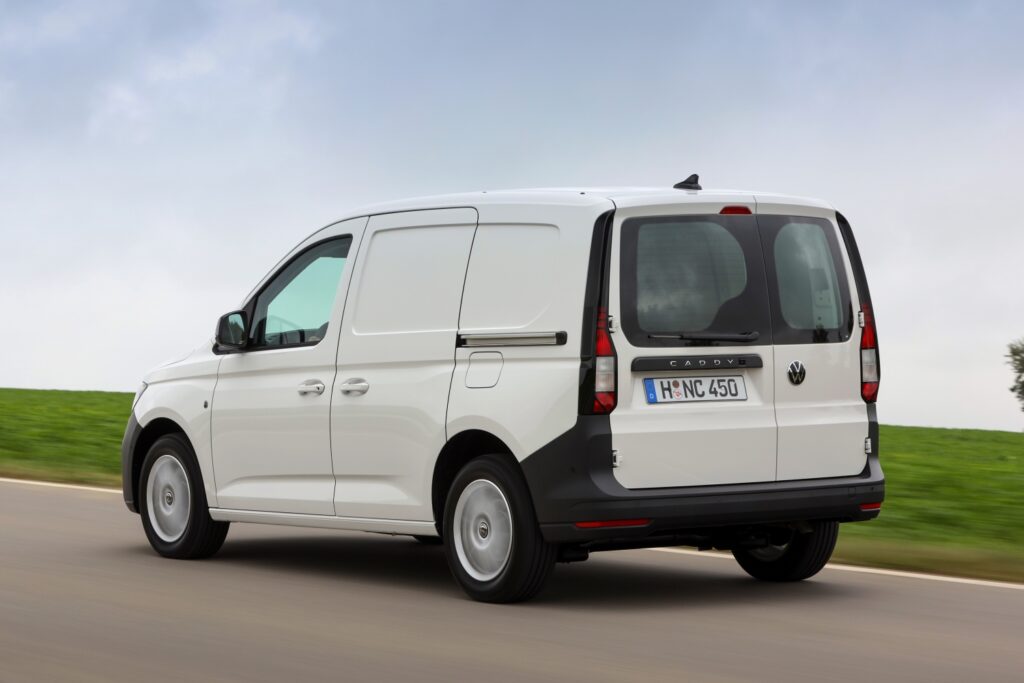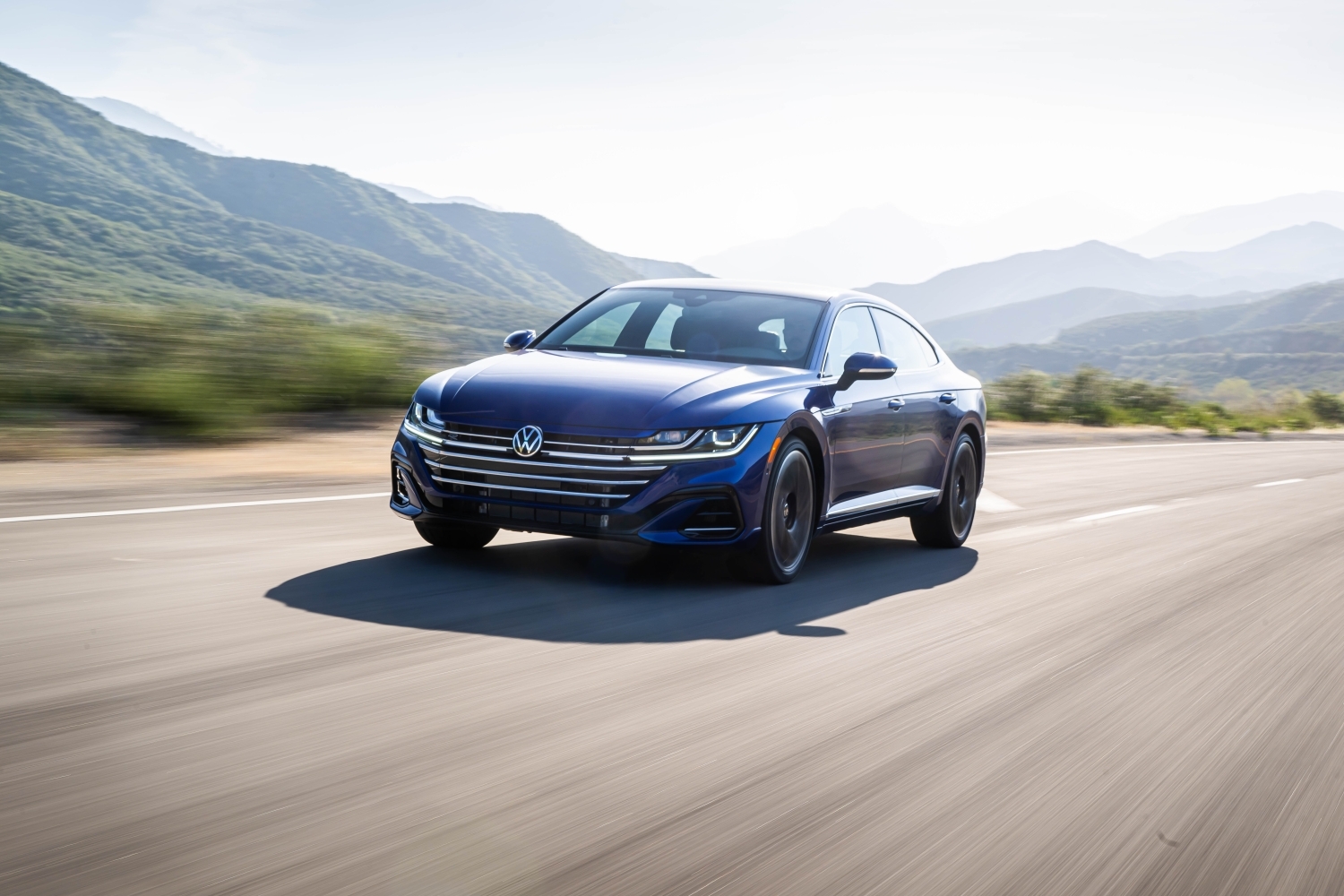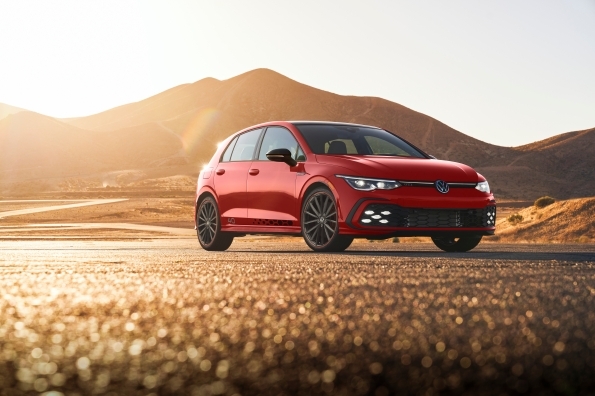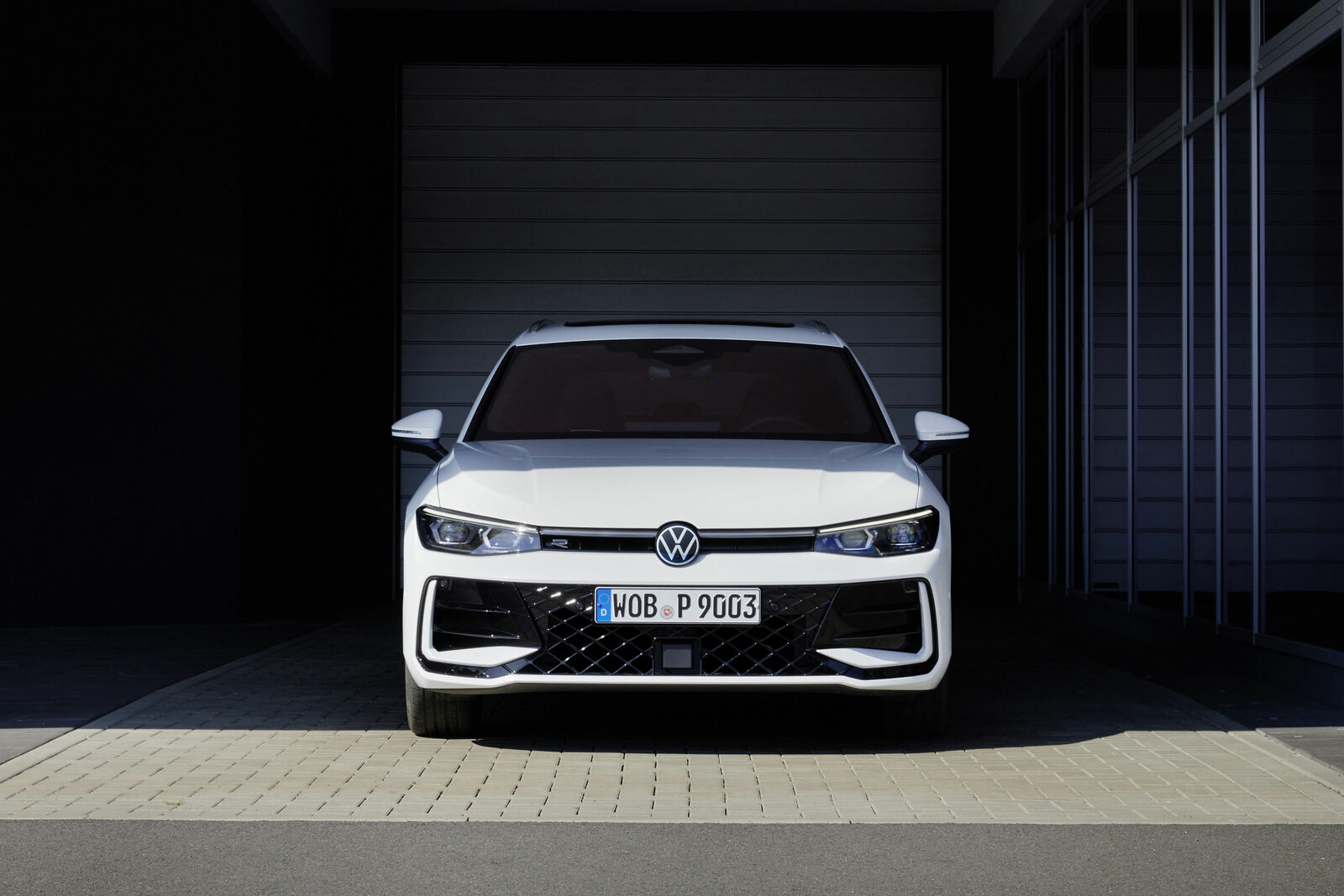In a career spanning over forty years, Volkswagen Caddy has reached over 3 million customers and has become a very popular work tool. The new generation has a very difficult task of managing both work and family. Although it may not be obvious at first glance, the manufacturer has built a new car from the ground up. Volkswagen Caddy 2022 is still proud of its working roots, but swapped cargo trousers for jeans.
The fifth-generation Volkswagen Caddy quite successfully fulfils the current trend in which vans suppress their utilitarian character and move closer to passenger cars. Will it be able to defend its place in the motor world?
What 5th generation Volkswagen Caddy reviews agree on:
All-new sleek and aerodynamic design
The design has undergone a total comb-over and refinement. There’s been a lot of focus on aerodynamics. Good aero will result in better fuel economy and a quieter cabin.
The basic contours of the car are also shaped by the new generation’s emphasis on practicality and generously proportioned interior space. However, with the new generation of Caddy comes an original and imaginative design of the individual parts of the car.
The front end is also design-led, dominated by the voluminous headlights and the interestingly perforated bumper. The shape of the rear section depends entirely on the interior boot space. The headlights have been elegantly and practically moved to the upper part of the car and have thus become part of the rear glazing for the most part.
Boot space does not disappoint
The MPV category has always been all about carrying capacity. The Caddy certainly doesn’t disappoint. The basic boot volume is 1,260 litres. And that’s only up to the height of the rollcage. A Volkswagen Caddy 2×0 Maxi version with a longer wheelbase offers even larger portion.
Instead of the classic bench, there are three separate seats, which are very comfortable and can easily accommodate an adult. There’s plenty of room, and the large windows makes it easy to enjoy the surrounding scenery, but you have to accept that the rear windows can’t be opened. USB ports and sturdy folding tables are a pleasure.

Interior changed at the expense of ergonomics
The cab is largely taken from Volkswagen Golf. That means a very futuristic digital cockpit, and the fact that you have to say goodbye to knobs.
Overall, the interior seems to be full of new solutions in the wrong places, and the ergonomics have been slapped down because of it. New technology is not always the better way.
For example, the volume and temperature controls are now located on a touch bar, but it’s not backlit and doesn’t always 100% respond. The solution in the previous generation was perfect – so why change it?
Exciting technology, boring driving experience
You can look forward to the latest technologies like automatic LED headlights, smart adaptive cruise control that adjusts speed and brakes itself for cornering, user profiles, and many of the things introduced in the Golf. The driving experience is a bit dull though. Also, the higher body structure does make it lean a little more in corners and more sensitive to crosswinds, but that’s just a minor thing.
Volkswagen Caddy: the best option for families
The Caddy will continue to be available in the new generation in short and long versions (Maxi), as a classic small utility vehicle (Cargo) and as a passenger van, which can be an alternative to family MPVs, which are becoming scarce. In any case, the passenger version of the Caddy can be purchased in both five- and seven-seater versions.
The petrol variant 1,5 TSI 84kW comes either with manual or automatic transmission. Diesel starts at 2,0 TDI 55kW manual and ends with 2,0 TDI 90kW automatic. The 4×4 2.0 TDI 4MOT is much more interesting driving-wise but notably pricier too.
Volkswagen Caddy 2022 in numbers
- Max power: 90 kW, 320 Nm
- Fuel Consumption: 4,9-6,4 l/100 km
- Curb Weight: 1634-1835 kg
- Boot space: 1260 l
- Heigh (max)t: 1860 mm
- Width (max): 1855 mm
- Length (max): 4853 mm
- Wheelbase (max): 2970 mm
Safety features include:
- Auto emergency braking – both in the city and interurban
- Electronic stability control
- Driver attention detection
- Lane keep assist
- Blind spot monitoring
- Vulnerable road user auto emergency breaking
Volkwagen Caddy history
The history of the Volkswagen Caddy begins 40 years ago in 1978. That’s when the first pick-up truck based on a VW Golf called the Rabbit came to light in Pennsylvania, USA. Its strengths were its 183 cm cargo space and the option to have it covered with a reinforced cargo bed or to install a caravan add-on.
In 1982, it was also produced in Europe, specifically in Sarajevo, under the name Caddy. Production of the first generation ended in 1992 (it continued in Africa until 2007) and it was not until 1995 that the second generation followed, produced on the same production line as the SEAT Inca in Barcelona. The Caddy 2 was only a three-door, but provided more cargo space.
In 1995 came the Caddy Camper and in 1996 the Caddy pick-up, produced in the Czech Republic. The second generation sold a total of 520,000 units, more than double the first generation.
Production of the third generation began in 2003 in Poznan, Poland, where it is still underway today. The platform was again provided by VW Golf as with the first generation. Volkswagen managed to expand the cargo space even further, up to 3.2 cubic metres. By 2014, a staggering 1.6 million cars had been produced.
The fourth generation in 2015 offered a two- to seven-seater with a parade of safety and other systems. The fifth generation grew on the all-new MQB multi-purpose platform, which allowed for major improvements in safety and connectivity.
The total number of units sold is slowly approaching three and a half million.
Translated with www.DeepL.com/Translator (free version)
Interesting Volkswagen Caddy 2022 reviews
Volkswagen Caddy 2022 Car Expert detailed review with ratings
Cars.co.za review with focus on practicality


